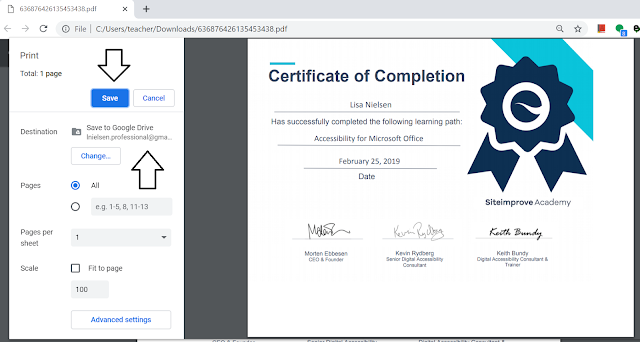The research
This is happening despite research that indicates we are
pushing children to learn before they are developmentally ready. Doing this can
have harmful consequences for children.
In their report
Reading in Kindergarten: Little to Gain and Much to Lose, education
professor Nancy Carlsson-Paige and her colleagues write about the hazards of
early reading instruction. They warn: “When children have educational
experiences that are not geared to their developmental level or in tune with
their learning needs and cultures, it can cause them great harm, including
feelings of inadequacy, anxiety and confusion.
Unfortunately, if you’re
a teacher or parent, even if you feel this way your job and/or child’s success
depends on how they meet today’s expectations.
What not to do
One of the worst things
a parent or teacher can do is to associate reading with anxiety and failure.
One way to avoid this is to make reading fun with as many scaffolds as
possible.
While for some families this
may mean investing in expensive programs or tutors to help their child keep up,
there is another way.
Finding high-quality
early literacy apps.
Solution: Increase Screen
time
If you’re lucky enough
to be in a district that purchases and provides a platform such as Footsteps2Brilliance students
will be more likely to meet today’s demands. Their research shows that in just
one month students have measurable results in vocabulary acquisition,
critical thinking, and comprehension. Outside research shows that students who
used Footsteps2Brilliance gained 7 months of vocabulary acquisition on the
Peabody Picture Vocabulary Test in just 1 month. That is almost an entire
year’s worth of academic progress.
Unfortunately, you may not be in a district that
uses advanced tools for advanced literacy. Fortunately, there is an app now
available to any parent or teacher for students. The app can be downloaded even
if their school or district has not invested in it.
It’s called Rivet. It’s free! It also has no ads
and it’s COPPA
compliant.
The app contains more than 2000 leveled books for
students in grades K-2. The app has a kid-friendly interface with word help to
decrease frustration level. It has a read along feature enabling the book to
read aloud to children. It is personalized so kids can choose their favorite
books, avatars, and skins. It also has authentic, real-world reflection. Readers
can rate and review each story they read. They can also save favorite stories
and play games based on the stories they enjoy the most.
Using an app like Rivet means increased screen time
results in increased reading time. What does that look like for readers using Rivet?
- +20% more time reading
- 29 average minutes per day reading
- 4.2 nights per week read
- 5.3 books read per day
The Verdict
While click-bate headlines love to scare parents
and educators about the risks of screen time, it’s not that simple.
Intelligently directed screen time with adult guidance and support can be the
very thing kids need for success.
Your Turn
What do you think? Are
apps like Rivet or Footsteps2Brilliance something that could help the students
with whom you work? Have you tried them? Have you had success with something
else?







